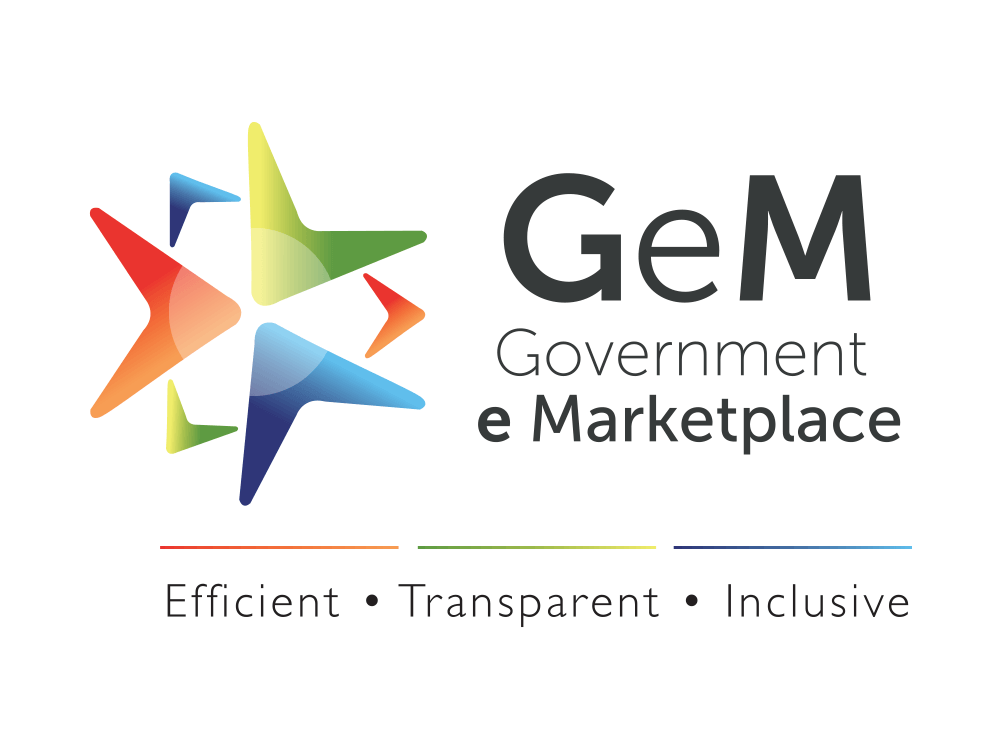India’s GeM Platform Opens Wider Doors for Startups, MSMEs and Women Entrepreneurs

In a significant push towards inclusive procurement, the Government of India has rolled out a series of transformative measures to broaden the reach of the Government e-Marketplace (GeM) for micro and small enterprises (MSEs), startups, women-led businesses and other underrepresented groups. These initiatives were announced in the Rajya Sabha by Minister of State for Commerce & Industry, Shri Jitin Prasada.
The revamped framework positions GeM as not just a transactional portal, but a national enabler of equitable growth creating procurement pathways for businesses that have traditionally struggled to access government contracts.
Empowering Participation at Scale
The new reforms include:
- Smart Visibility Tools: Marketplace filters and product catalogue icons now help buyers easily identify goods and services offered by MSMEs, startups, women entrepreneurs and SC/ST-owned businesses, particularly in Direct Purchase and L1 procurement modes.
- Cost Relief: Reduced vendor assessment fees for OEMs and full exemptions from caution money lower entry barriers for emerging businesses.
- Simplified Registration: API integration with the Udyam MSME database allows for a two-step auto-registration process making onboarding faster and more seamless.
- Localized Boost with Vocal for Local Stores: Eight curated GeM Outlet Stores now promote products from artisans, SHGs, ODOP sellers, FPOs and women-led enterprises.
- Strategic Ecosystem Partnerships: Memorandums of Understanding (MoUs) with industry bodies like Laghu Udyog Bharati, FICCI-FLO and SEWA are accelerating seller enablement and product catalogue building across sectors.
- Immersive Seller Onboarding: From hands-on catalogue support to sharing success stories, GeM is building confidence among first-time sellers.
GeM’s Economic Footprint: Insights from IIT Delhi Study
A government-commissioned study by IIT Delhi in FY 2023–24 sheds light on GeM’s transformative impact:
- Cost Efficiency: Procurement via GeM was found to significantly lower advertising and logistics costs, making it a more value-efficient platform compared to traditional portals.
- Inclusivity Gains: The platform aligns with Make in India goals by creating structured access for MSMEs, women-led enterprises, startups and SC/ST entrepreneurs.
- Improved Market Access: The study notes increased participation from marginalized seller groups, indicating that the reforms are not just policy enhancements but active enablers of inclusive trade.
GeM by the Numbers
As of mid-2025, GeM has surpassed major milestones:
- ₹13.6 lakh crore in cumulative Gross Merchandise Value
- 23+ lakh registered sellers, including over 10.4 lakh MSMEs and 30,800+ startups
- More than 1.64 lakh government buyers
- Over 50% of transactions by volume involve MSE suppliers, reflecting strong alignment with Public Procurement Policy mandates
Wider Policy Convergence
The expanded role of GeM is in synergy with national initiatives such as Startup India, Digital India, Vocal for Local and Aatmanirbhar Bharat. By actively lowering barriers to entry and enabling discovery for local innovators, GeM is evolving into a digital infrastructure backbone for small businesses seeking institutional demand.
Significantly, women and SC/ST entrepreneurs stand to gain from visibility tools and preferential procurement filters. These tools complement government credit programs, ESG rating systems and schemes like the Stand-Up India initiative, offering a multi-dimensional support framework.
From Platform to Policy Model
GeM is now more than a procurement portal it is a live demonstration of policy-driven inclusion at scale. By blending tech-first enablement with capacity-building initiatives and cost reduction strategies, it sets a precedent for other developing economies aiming to digitize public procurement equitably.
As India’s MSEs, startups and rural producers gain greater access to government buyers, GeM is helping reshape the country’s procurement landscape into one that is digital, democratic and development driven.











